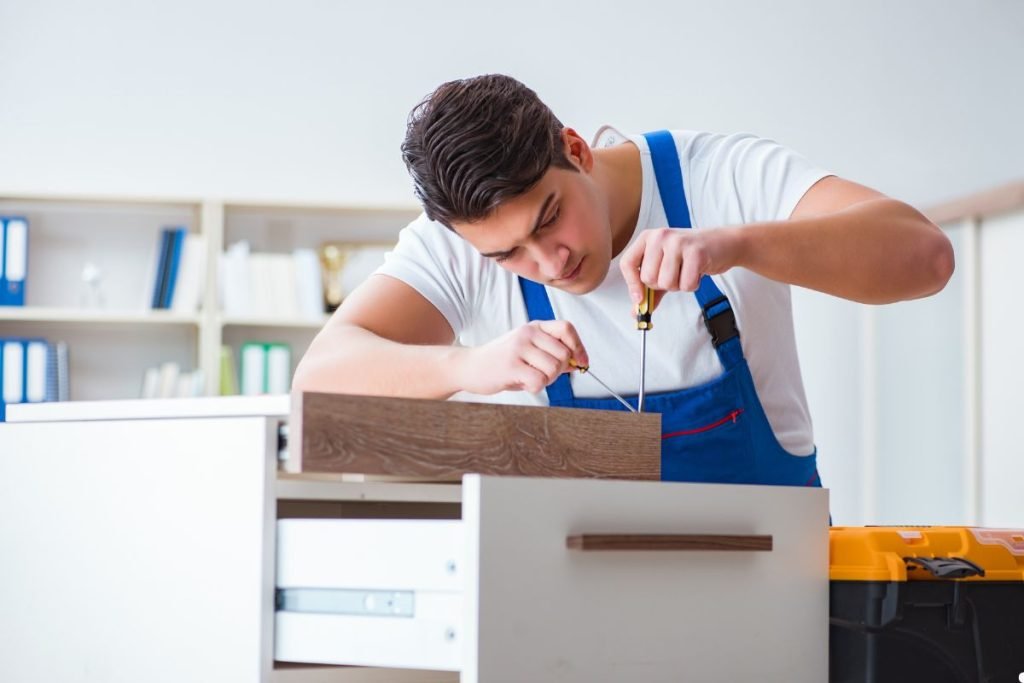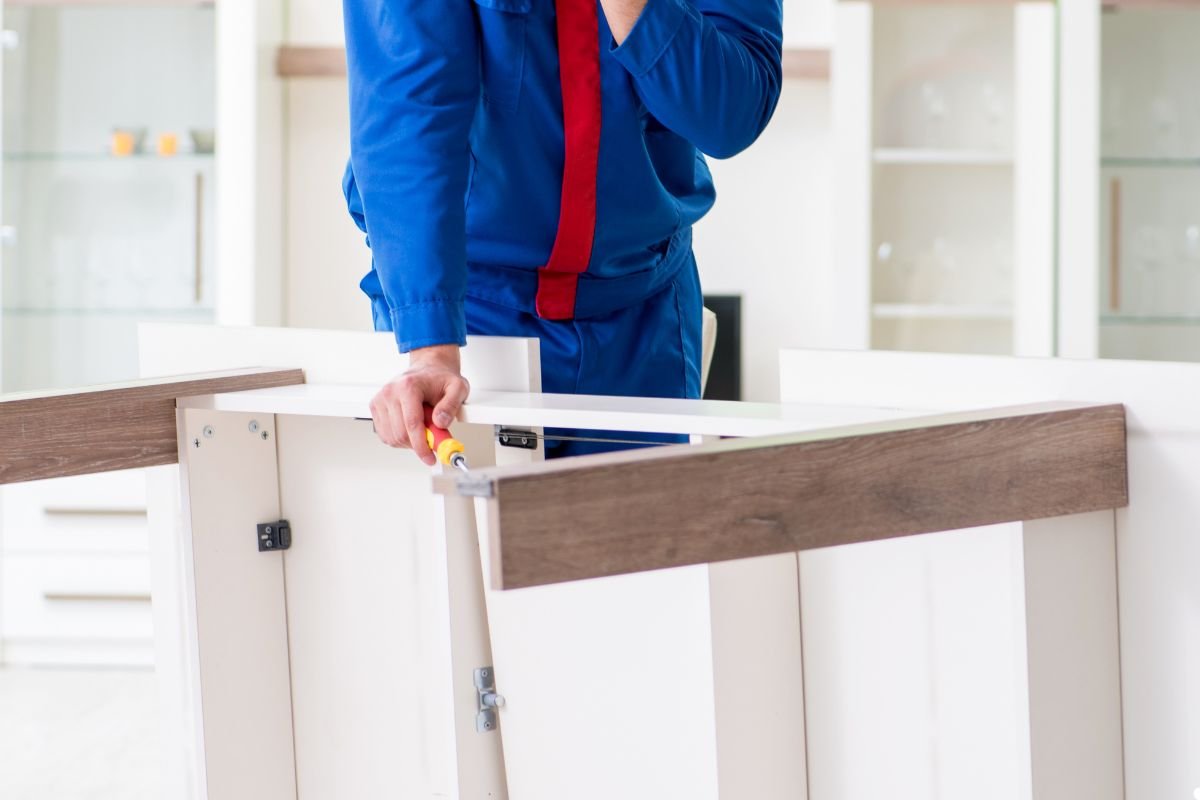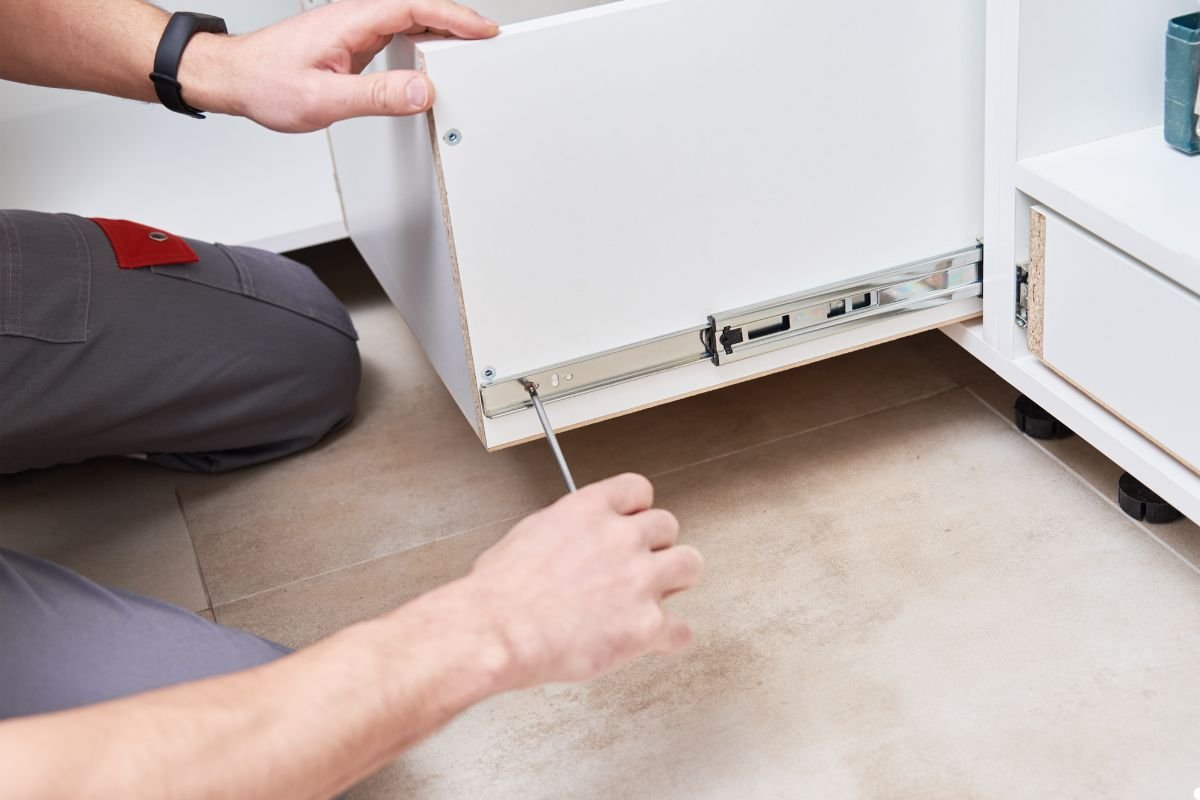
Is your beloved sofa looking a little worse for wear? Don’t despair! Furniture repair can be a fantastic way to breathe new life into your cherished pieces, saving you money and preserving valuable memories. However, tackling furniture repair without the proper knowledge can lead to costly errors. This article reveals the top 10 most common furniture repair mistakes and offers practical advice to help you avoid them. By understanding these pitfalls, you can approach your next repair project with confidence and restore your furniture to its former glory. If you need professional assistance, call us today!
Why Furniture Repair Matters
Before we dive into the mistakes, let’s appreciate why furniture repair is a worthwhile endeavor. Repairing furniture is often significantly cheaper than replacing it, especially when dealing with high-quality or antique pieces. Moreover, furniture often holds sentimental value, passed down through generations or acquired during special moments. Instead of discarding these meaningful items, repair allows you to preserve their history. Finally, repairing furniture is a sustainable choice that reduces waste and conserves resources. By choosing repair, you’re contributing to a more environmentally friendly lifestyle.

Using the Wrong Tools
One of the most common furniture repair mistakes is using the wrong tools. Attempting to force a screw with the wrong screwdriver, using a dull blade, or employing the wrong type of clamp can cause significant damage. Not only can you damage the furniture itself, but you also risk injuring yourself. Invest in a basic set of quality woodworking tools, including various screwdrivers, pliers, clamps, sandpaper, and a sharp utility knife. For specific projects, you may need specialized tools like a wood chisel or a furniture repair kit.
Improper Cleaning Techniques
Cleaning your furniture is essential for maintaining its appearance, but using harsh chemicals or improper techniques can cause irreversible damage. Abrasive cleaners can scratch the finish, while solvent-based products can dissolve the paint or stain. Upholstery can be particularly vulnerable to improper cleaning, leading to discoloration or shrinkage. Always use gentle, pH-neutral cleaners specifically designed for the type of furniture you’re cleaning. Test the cleaner on an inconspicuous area first to ensure it doesn’t cause any adverse effects.
Ignoring Preparation
Proper preparation is key to a successful furniture repair project. Many people skip crucial steps like sanding, cleaning, and priming, leading to poor results. Sanding creates a smooth surface for finishes to adhere to, removing imperfections and blemishes. Cleaning removes dirt, grease, and wax that can interfere with the finish. Priming seals the wood and provides a uniform base for the topcoat. Neglecting these steps can result in uneven finishes, peeling paint, and a less durable repair.
Over-Sanding Wood
While sanding is important, over-sanding can be just as detrimental. Excessive sanding can remove too much material, altering the furniture’s shape and damaging intricate details. It can also lead to uneven surfaces and a loss of the wood’s character. Use a light touch when sanding, starting with a coarser grit sandpaper to remove imperfections and gradually moving to finer grits to achieve a smooth finish. Avoid applying excessive pressure and sand in the direction of the wood grain.
Mismatched Finishes and Stains
Choosing the wrong finish or stain can ruin the entire repair project. A mismatched finish will stand out like a sore thumb, detracting from the furniture’s overall appearance. Similarly, an incorrectly matched stain can alter the wood’s color and make it look unnatural. Before applying any finish or stain, test it on an inconspicuous area to ensure it matches the existing color. Consider taking a sample of the original finish to a paint store for professional color matching.
Using the Wrong Glue
Different types of glue are designed for different materials and applications. Using the wrong glue can result in a weak or ineffective repair. For example, using wood glue on metal or plastic will not provide a strong bond. Similarly, using a weak adhesive on a high-stress joint will likely fail over time. Choose the right glue based on the materials you’re bonding and the amount of stress the joint will endure. Consider using epoxy for strong, durable bonds or polyurethane glue for outdoor applications.
Ignoring Structural Issues
Focusing solely on cosmetic issues while ignoring underlying structural problems is a common mistake. A wobbly chair, a loose table leg, or a cracked frame needs to be addressed before tackling superficial blemishes. Ignoring these structural issues will only lead to further damage and a less durable repair. Before applying any finishes or stains, reinforce loose joints, repair cracks, and ensure the furniture is structurally sound.
Rushing the Process
Rushing through a furniture repair project is a surefire way to make mistakes. Taking shortcuts and skipping steps can lead to poor results and a less durable repair. Allow ample time for each step, from preparation to finishing. Let wood glue dry completely, allow finishes to cure properly, and avoid rushing the sanding process. Taking your time will ensure a high-quality repair that lasts for years to come.
Attempting Repairs Beyond Your Skill Level
It’s important to be realistic about your abilities and to recognize when a repair is beyond your skill level. Attempting a complex repair without the necessary knowledge and experience can lead to further damage and a more costly repair in the long run. If you’re unsure about a particular repair, don’t hesitate to seek professional help. A skilled furniture repair technician can assess the damage, provide expert advice, and perform the repair to the highest standards.

Not Protecting Your Work Area
When evaluating old furniture, check for structural integrity, existing damage, and the type of materials used. A thorough evaluation helps you determine whether restoration is worth the effort or if professional repair is needed. Protecting your work area is crucial to prevent spills, stains, and scratches on surrounding surfaces. Failing to do so can result in costly damage to floors, walls, and other old furniture. Always cover your work area with drop cloths or plastic sheeting to protect it from spills and debris. Use painter’s tape to mask off areas you don’t want to paint or stain. By taking these simple precautions, you can avoid unnecessary damage and keep your home clean and tidy.
Successful Furniture Repair: A Recap
Avoiding these top 10 furniture repair mistakes will significantly increase your chances of success. Remember to use the right tools, clean and prepare the surface properly, choose the correct finishes and adhesives, address structural issues, and avoid rushing the process. When in doubt, don’t hesitate to seek professional help. With patience, care, and the right knowledge, you can restore your furniture to its former glory and enjoy it for many years to come. Don’t let common mistakes ruin your furniture repair project! Contact us today for expert advice and professional repair services.
Frequently Asked Questions About Furniture Repair
What is the best way to clean antique furniture?
Antique furniture requires special care to avoid damaging its delicate finish. Use a soft cloth dampened with a mild soap and water solution. Avoid harsh chemicals, abrasive cleaners, and excessive moisture. Always test the cleaner on an inconspicuous area first.
How do I fix a wobbly chair?
A wobbly chair is often caused by loose joints. To fix it, disassemble the chair, clean the joints, apply fresh wood glue, and reassemble it securely. Use clamps to hold the joints in place while the glue dries.
When should I call a professional furniture repair service?
You should consider calling a professional furniture repair service when the damage is extensive, the repair requires specialized skills or tools, or you’re unsure about how to proceed. A professional can assess the damage, provide expert advice, and perform the repair to the highest standards. Call us today for expert furniture repair services!
